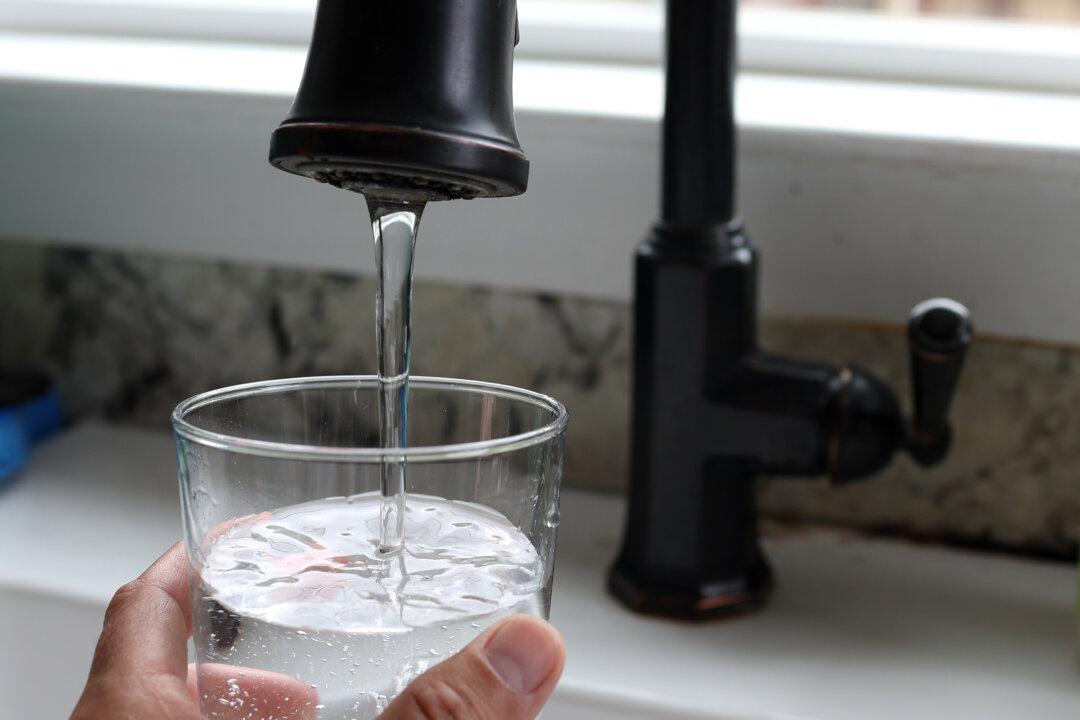Nearly 400 public water systems in California have failed to meet recommended safety standards for drinking water, according to a report last month from the State Water Resources Control Board, but a new climate bond measure recently joined the state’s November ballot may help.
Some 913,000 Californians, approximately 2 percent of the state’s population, are potentially affected by 385 failing public water systems according to the report. Fifty-six of those systems “serve disadvantaged communities and 67 percent serve majority communities of color.”





